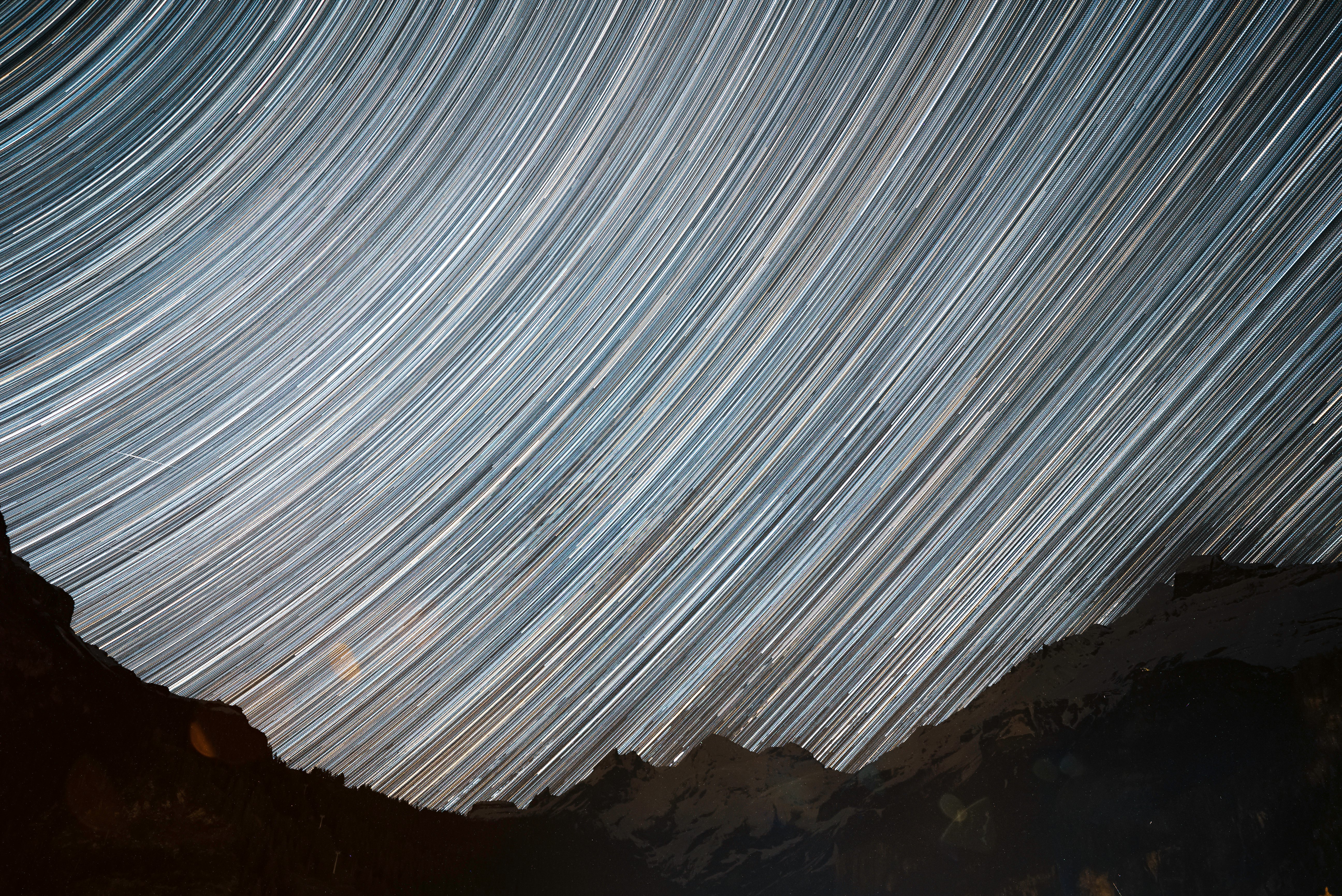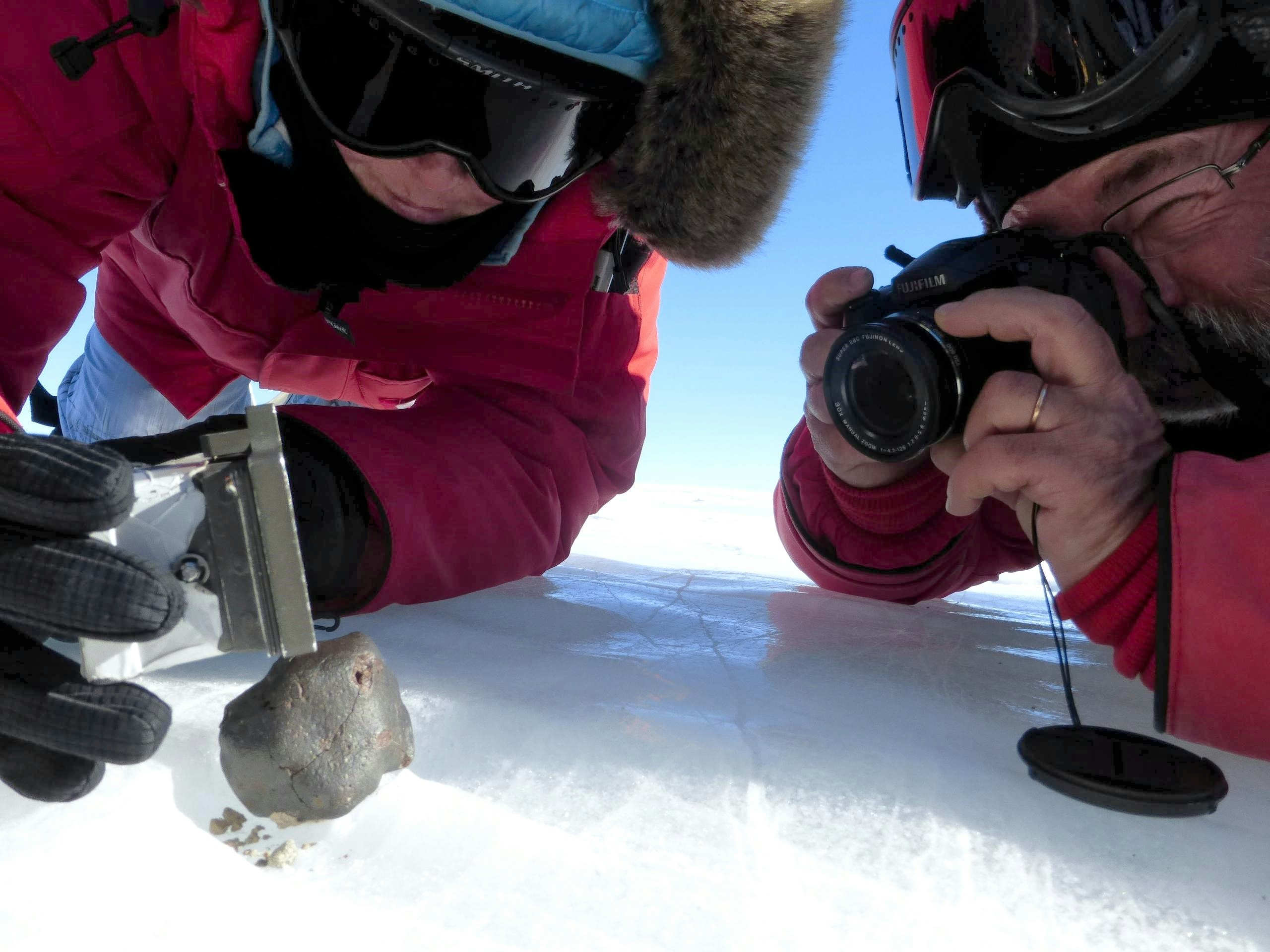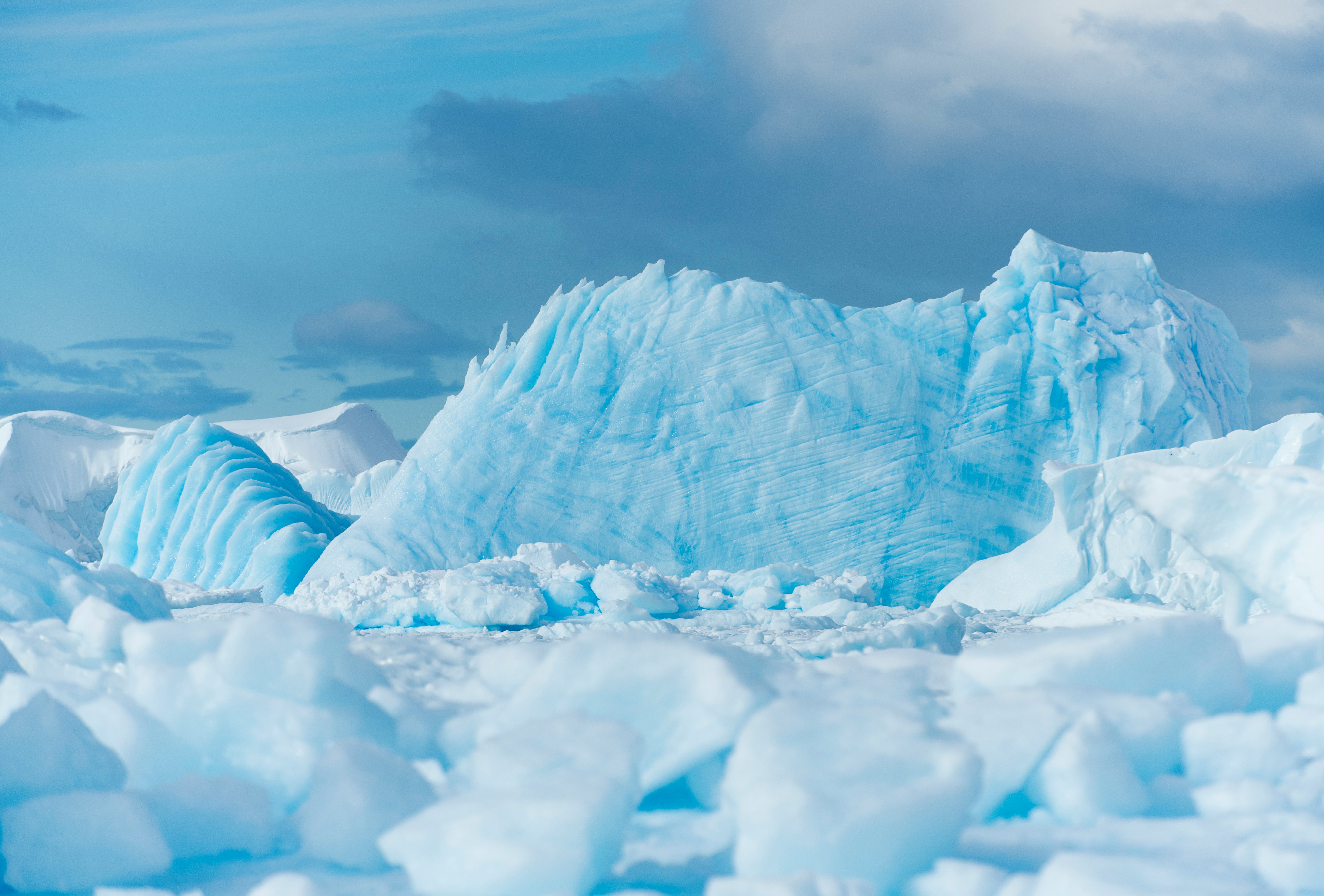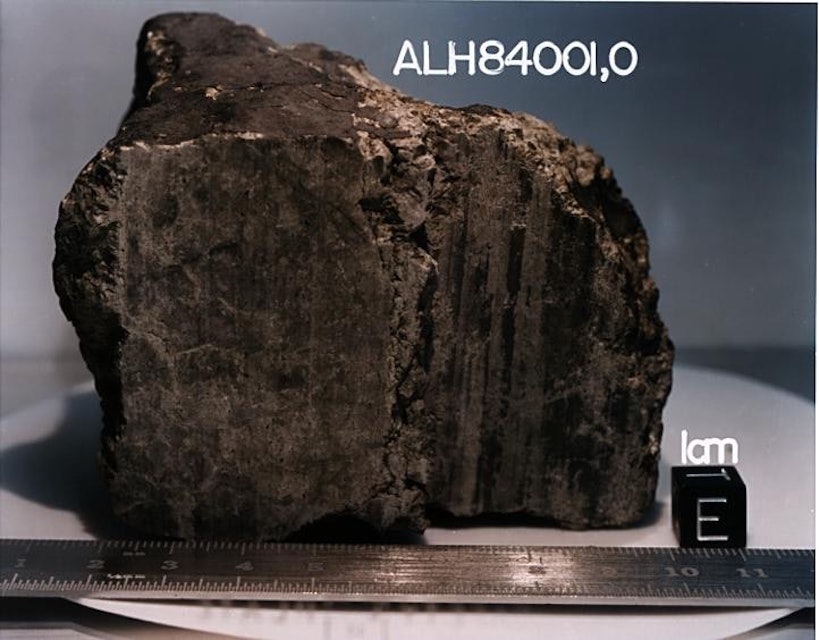
When it comes to hunting meteorites, Antarctica is the place to be. At the most basic level, a whole continent, largely covered in blue-white ice, provides a visual contrast that makes spotting dark space rocks a bit easier, and certain ice processes tend to collect meteorites into rich veins known as Meteorite Stranding Zones.
Still, it’s a whole freaking continent. Even though scientists make use of aerial photographs and similar techniques, a lot of meteorite hunting missions come up empty-handed or yield underwhelming results. They rely on getting lucky.
What scientists could really use is a really good map of where meteorites are most likely to be found, and thanks to new research published Friday in the journal Science Advances, they might have one soon. Researchers trained a machine learning algorithm on images of meteorite-rich and meteorite-poor patches of Antarctica and found it could identify meteorite stranding zones with more than 80 percent accuracy.
Though it has yet to be tested in the field, the researchers hope their algorithm-generated map will help scientists find more antarctic meteorites more efficiently. Meteorites offer planetary scientists a way to study the early solar system without having to travel off planet — now all they have to do is take a treasure map to Antarctica.
What’s new?— After training their machine learning algorithm, the researchers found it could identify almost 83 percent of known meteorite stranding zones in Antarctica. It also predicted the existence of previously unknown meteorite-rich zones, some of which are near existing Antarctic research stations so that researchers can follow up on the algorithm’s predictions.
Moreover, study first author and doctoral fellow at the Université Libre de Bruxelles in Brussels Veronica Tollenaar tells Inverse, “Our analyses suggest that there are still many meteorites on the ice sheet that we could collect,” with only around 15 percent of existing meteorites having been found.

How they did it— The genesis of the new study lies in the meteorite hunting mission undertaken years ago by Tollenaar’s co-author Harry Zekollari, now a professor of glaciology at the ETH Zurich, but then a postdoctoral researcher at Delft University of Technology in the Netherlands. When he returned to Delft, he met the then graduate student Tollenaar. Zekollar began wondering why the meteorites were concentrated in the area he had visited; Tollenaar suggested they use machine learning techniques to answer that question.
“We are the first researchers that took a data-driven approach in this quest and obtained a continent-wide result,” Tollenaar says.
Tollenaar and her colleagues trained their algorithm on thousands of “cells,” 450-meter resolution observations of known Antarctic meteorite stranding zones, and millions of areas with unknown meteorite content. The model took into account factors such as surface temperature, the slope of the surface, and radar readings to determine the type of ice — all factors associated with the processes thought to concentrate meteorites in some parts of Antarctic ice and not in others.
The resulting model isn’t perfect, Tollenaar says, but “nevertheless, it is a big aid for prioritizing meteorite missions.”
What’s important about the finding?— There are three reasons to hunt for meteorites in Antarctica.
First, it’s easy to spot because of their color contrast with the underlying ice, and second, “there is a concentration mechanism related to the flow of the ice, which brings meteorites together in relatively limited areas,” Tollenaar says. These meteorite stranding areas are typically in blue ice regions, and “scientists have been hunting for meteorites after the discovery of the concentration mechanism after coincidental meteorite finds on a blue ice area in 1969 by a Japanese team.”

But third, the cold conditions preserve meteorites, which is important because scientists aren’t just hunting them for kicks. “They contain crucial information on the origin and evolution of our solar system,” Tollenaar says.
In 1996 scientists studying Allan Hills Meteorite 84001 (ALH 84001) announced that they may have found evidence for extraterrestrial life, the meteorite being determined to have come from Mars. While the finding was ultimately determined to be a false alarm concerning signs of Martian life, it’s not impossible in principle — a meteorite harboring signs of life on another planet might yet lie buried beneath the Antarctic ice.

What’s next?— Tollenaar and her colleagues have shared their code and data with other scientists, and the research community will begin using their work and improving it. She hopes to make use of more high-resolution data and drones in the field to increase the model’s accuracy.
But of course, the real test and promise of the work lie in actually putting boots on ice and collecting new meteorites where the algorithm predicts they lie waiting.
“The Belgian meteorite mission of this year had to be canceled due to covid, but we are starting to make the first preparations for a potential mission next year,” Tollenaar says. “If it'll happen, we'll bring the treasure map!”
Abstract — Meteorites provide a unique view into the origin and evolution of the Solar System. Antarctica is the most productive region for recovering meteorites, where these extraterrestrial rocks concentrate at meteorite stranding zones. To date, meteorite-bearing blue ice areas are mostly identified by serendipity and through costly reconnaissance missions. Here, we identify meteorite-rich areas by combining state-of-the-art datasets in a machine learning algorithm and provide continent-wide estimates of the probability to find meteorites at any given location. The resulting set of ca. 600 meteorite stranding zones, with an estimated accuracy of over 80%, reveals the existence of unexplored zones, some of which are located close to research stations. Our analyses sug- gest that less than 15% of all meteorites at the surface of the Antarctic ice sheet have been recovered to date. The data-driven approach will greatly facilitate the quest to collect the remaining meteorites in a coordinated and cost-effective manner.







